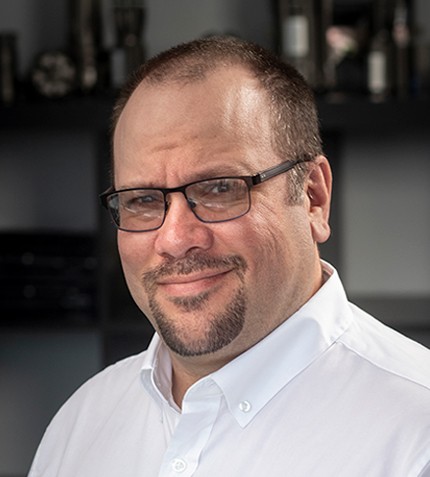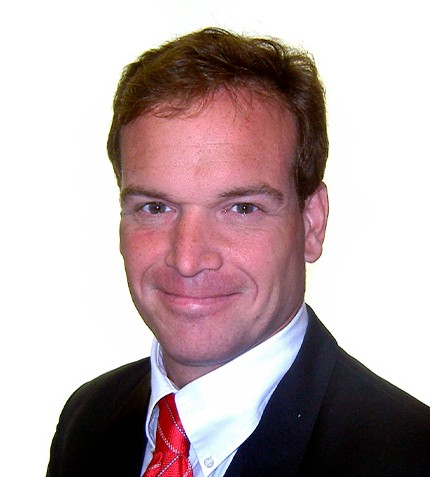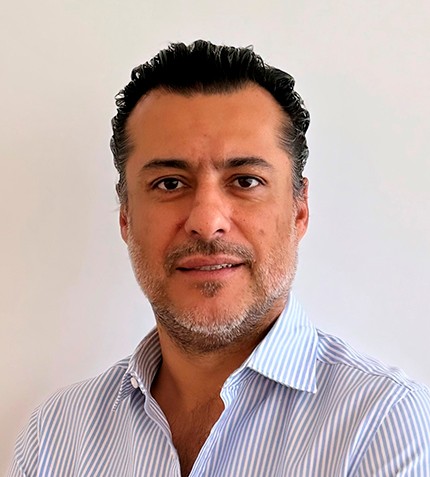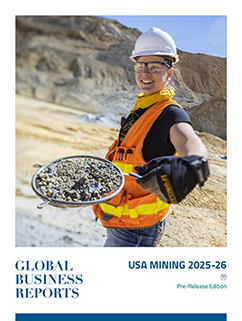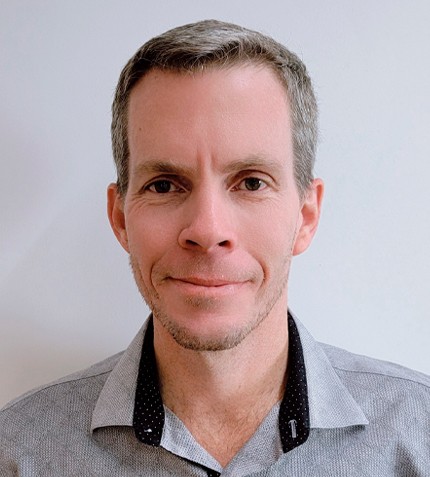
"O2 Mining fits in the gaps between traditional consultants and contracted operators."
Julien Lawrence
MANAGING DIRECTOR, O2 MINING
Could you introduce O2 Mining?
Founded in 2013, O2 Mining is a mining services company covering projects from early-stage exploration, all the way through development, financing, permitting, operations, and, ultimately, closure. We currently have a portfolio of projects, each at a different stage, including operating a fluorspar mine where O2 mining is also a shareholder, as well as study manager for a pre-feasibility study for Xanadu Mines’ Kharmagtai copper-gold project. Outside of Mongolia, we have also done projects in the Philippines, Kazakhstan, China, Eswatini and Australia.
How do you differentiate as a preferred partner in the market?
It would be hard to find a comparable business to O2, particularly in Mongolia, offering the broad and integrated services we do. O2 Mining fits in the gaps between traditional consultants and contracted operators. O2 often works from the owners’ perspective fulfilling many project development roles required by project stakeholders to make a project successful.
Could you elaborate on your work at the Chuulut fluorspar mine?
The Chuulut project has been licensed since 2003, with the former operators producing a metallurgical-grade non-processed product (metspar) used mostly as a flux in the steel industry. In 2017, O2 partnered with the original shareholder and a new shareholder executing an earn-in agreement into the project, taking a share position as well as the operating contract to run the mine and processing plant. We ended up demolishing the old processing plant and rebuilding it into a modern fit for purpose facility, producing acidspar (higher purity). We also handle the offtake of the product, essentially managing the entire cash flow from the operation through to marketing and sales into the hydrofluoric (HF) acid markets in China and elsewhere. Demand for fluorspar is growing, driven not only by uses in steelmaking but by higher demand for lithium-ion batteries. Demand for fluoride in the electrolyte sector is forecast to grow at 20+% in the next decade to fuel the EV revolution. Fluorspar is one of the understudied critical minerals since the market is more niche. The annual global market for acidspar is approximately 8 million tons, and Chuulut has a production capacity of 35,000 tons of acidspar/year.
How could Mongolia boost its exploration sector?
There are few active explorers in Mongolia simply because there are not enough exploration licenses and the undeveloped licenses available to the market often have already been studied over various times. In other jurisdictions, explorers take up a license for a limited time, and, if proven un-prospective, they give it back and take up another area, whereas in Mongolia, licenses have turned into precious commodities themselves, sometimes held on to by people that lack the technical acumen to monetize their value and that treat the license just like they would treat a real estate property. Finding exploration capital is difficult in all countries; for an immature and moderate to high-risk environment like Mongolia, is even harder. If the country opened more licenses and let the process of taking up licenses and moving to new ones develop naturally based on the geological datasets available, Mongolia would see much more exploration. Right now, Mongolia has no global mid tier miners, only a very large player (Rio Tinto) and junior explorers. The position I put to the government regularly is that, instead of relying on one big project, it should aim for 10 medium-size projects, with a pipeline of another 10 that are at funded development stage. Out of 100 licenses issued, one can expect a single mine to develop, so the industry needs enough licenses to generate continuous supply and breed the opportunity for discovery.
Do you think the country is ready to finally open to international mining investment?
The Strategic Entities Foreign Investment Law introduced in 2012, which was later repealed destroyed the booming mining sector that had taken root in the country. It has taken many years for Mongolia to regain the trust of investors, but I believe the interest is starting to come back, especially in the last two years. For O2 Mining, the markets have recently been as strong as I have seen them in the last six years, with a lot of interest in what we can do which has resulted in significant growth in our business.




